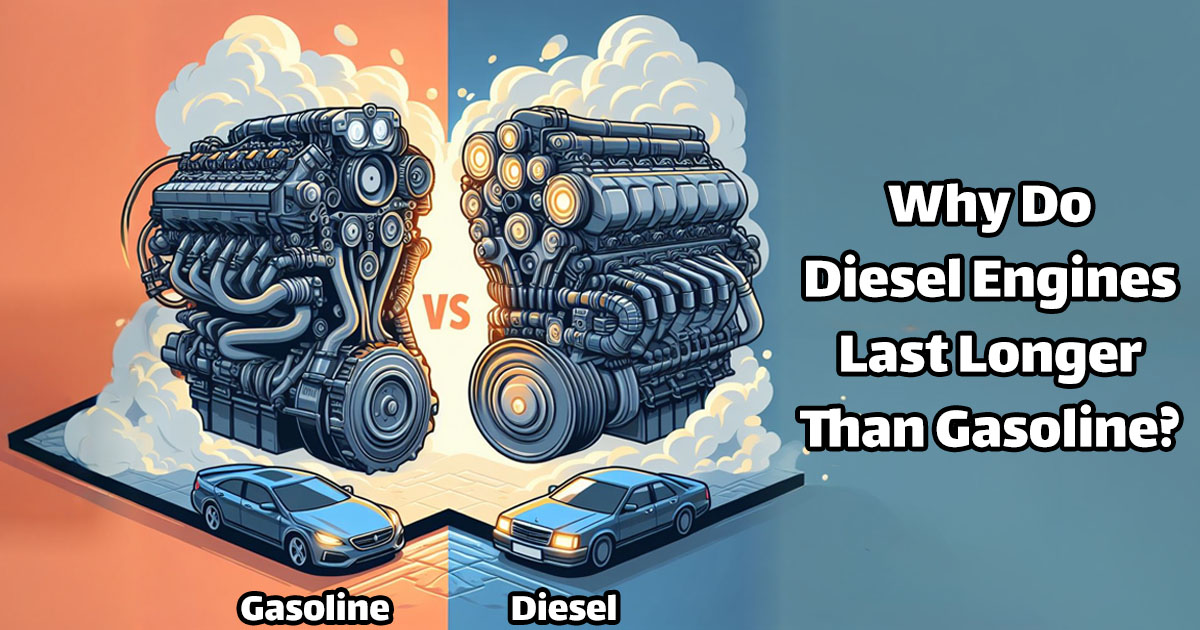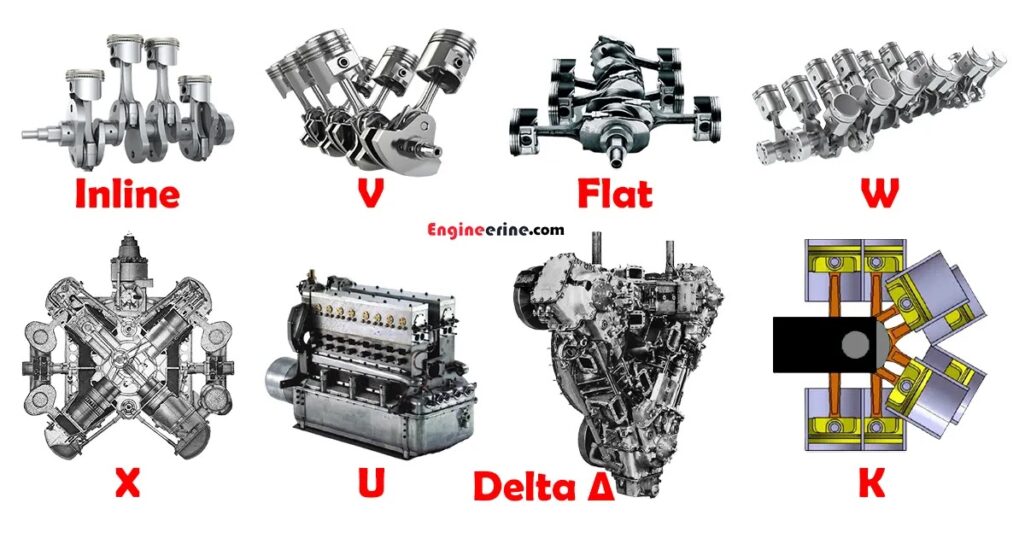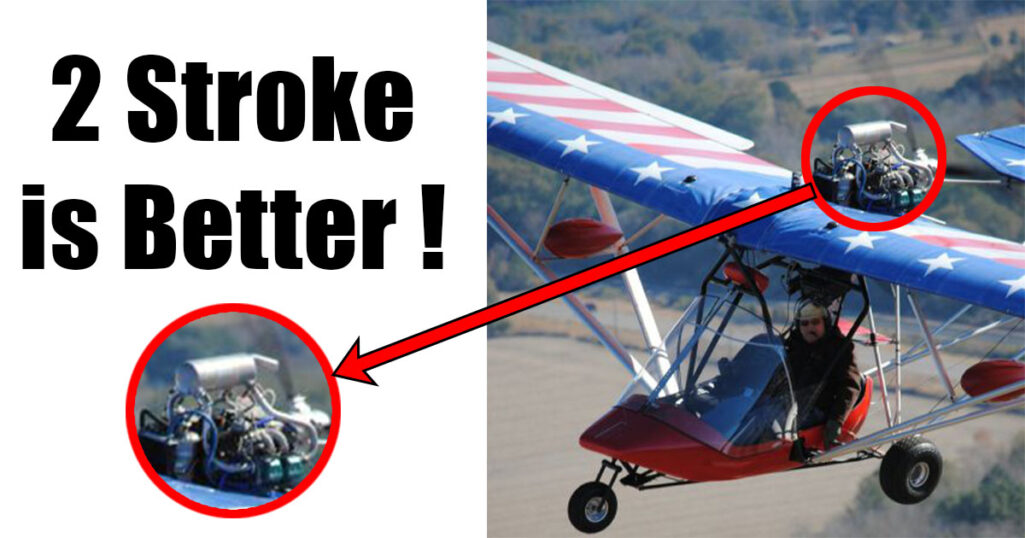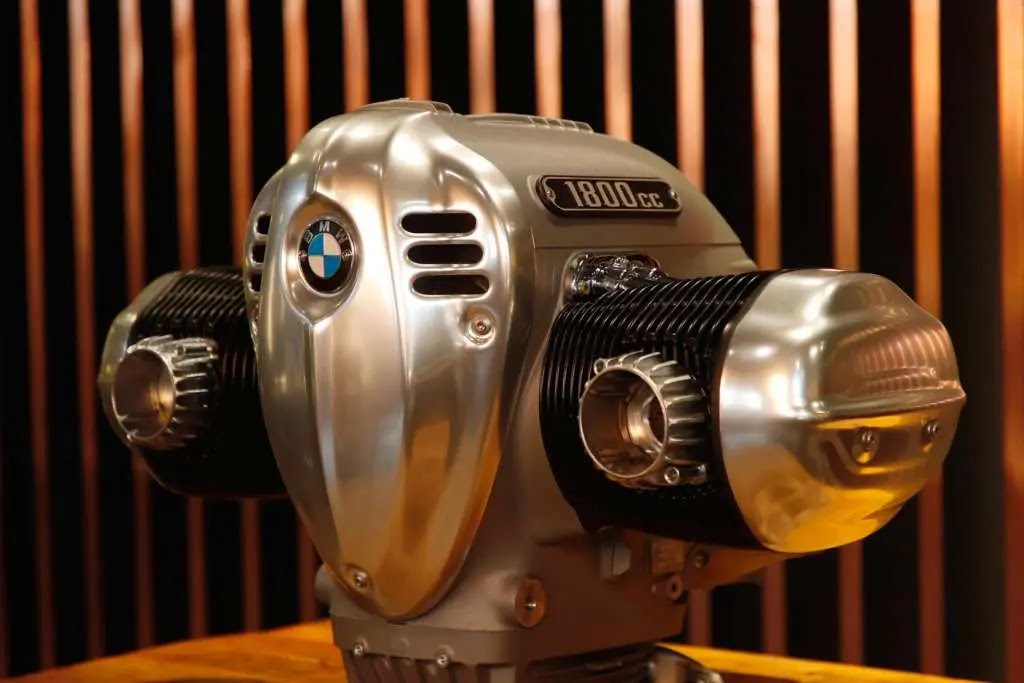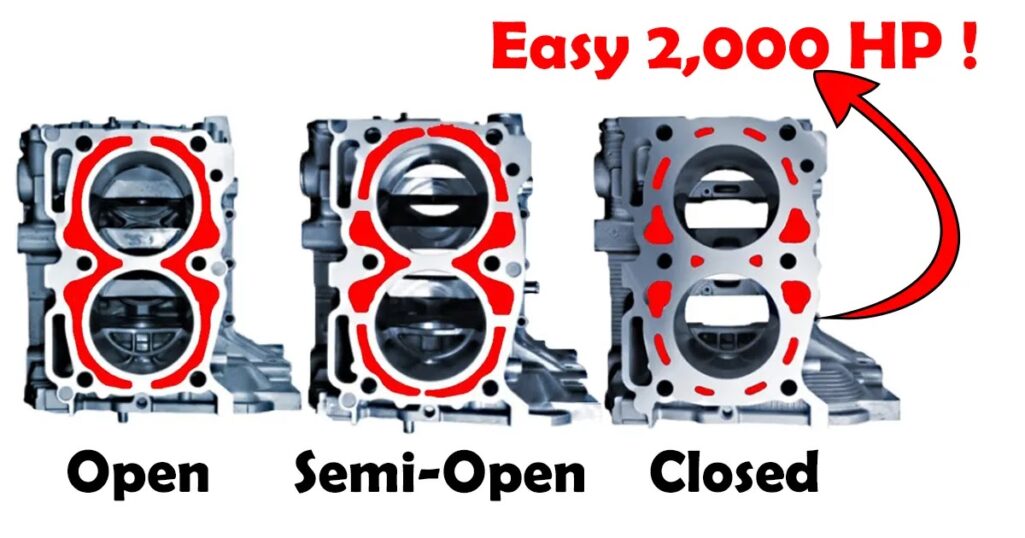
Engine is such a complex device that have many parts and multiple variations and designs. In this blog we will be focusing on the engine’s deck. How it looks? Types of engine’s deck. And which one is better?
What is an engine block deck?

The engine block deck is the topmost surface area of an engine block. At this point, we will have the mating between the engine’s block wall and the cylinder outer walls.
Why are there different block decks configurations?
Block deck is a very important part of the engine block since it is the part that sustains most of the pressure. During the four-stroke cycle, most of the pressure is at the top dead center, which is at the top of the cylinder, and that’s the block deck.
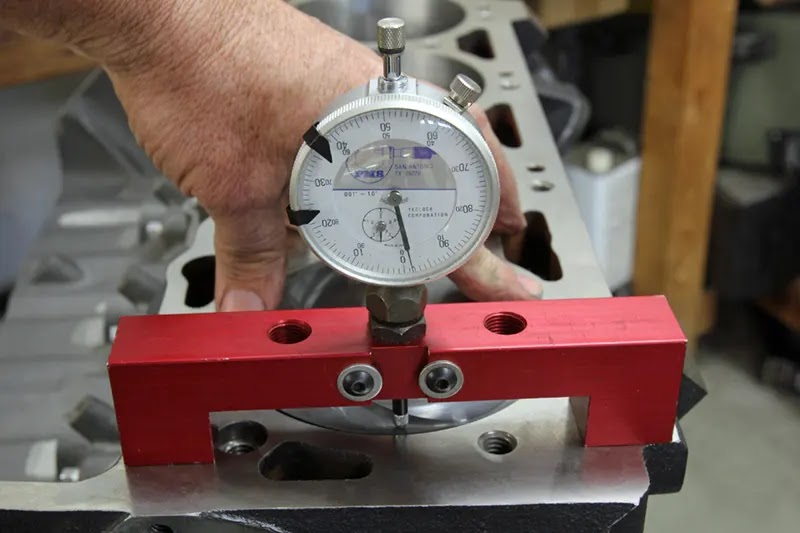
The second point is thermal efficiency and cooling. Since this is the part that will sustain most of the pressure, it will have a very high temperature.
Cylinder walls support and cooling are the two factors that lead to having various deck configurations. Here are the three engine block decks:
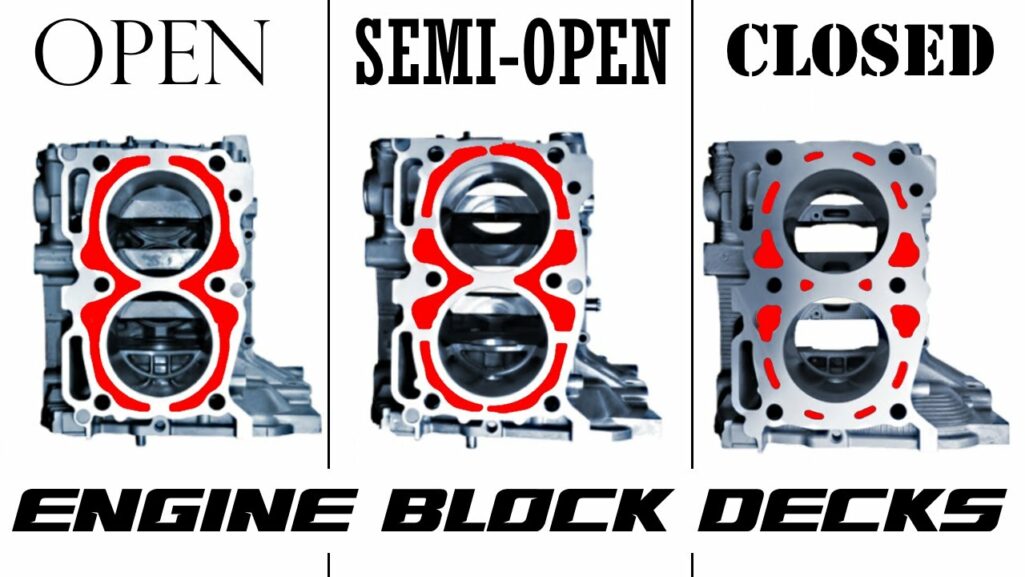
- Open Deck
- Closed Deck
- Semi-Open Deck
The name actually refers to how the deck looks and how the coolant passes through it.
Open Deck
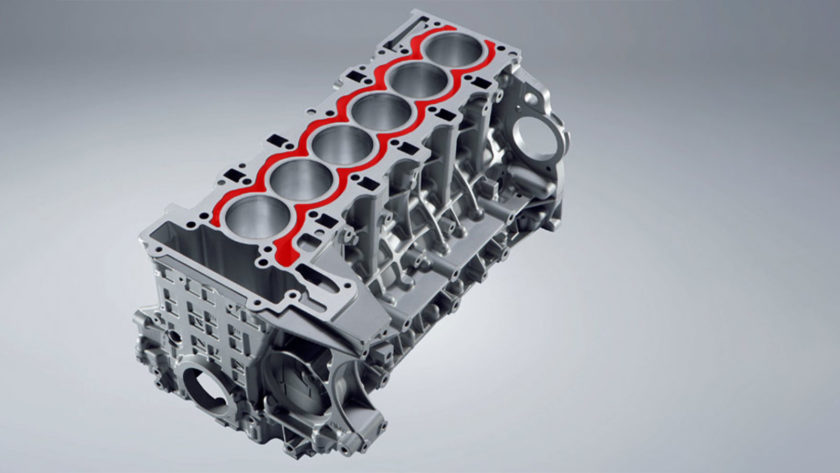
The open deck design has an open channel between the cylinders and the engine block. This type of engine is usually used in low horsepower aluminum blocks.
Pros of Open Deck:
- Better cooling efficiency due to an open cooling channel between the block and the cylinder and having full contact between the coolant and the upper portion of the cylinder.
- Lower manufacturing costs since less material is used.
- Easier manufacturing since it has fewer details and takes less time in production.
Cons of Open Deck:
- Low support for the cylinders at the most pressure point throughout the stroke.
- Cracking the cylinder walls or having at least a cylinder distortion when pushing the engine to produce more power.
- Cannot tune the engine or use high compression or a turbo to push it to produce a lot more power than the stock.
Open deck engines weren’t used a lot in the past due to their weak design and cylinder walls fractures. But now, it is used more in modern performance engines, and this is due to advanced technological production methods that lead to a higher efficiency design.
Closed Deck

As the name shows, this engine block deck has almost a closed deck design where the open area between the cylinders and the block is very small. It is called closed configuration, but it actually has some open spaces for head fasteners and coolant passage.
The top of the cylinders is integrated with the engine block. This type of engine is usually used in casted-iron blocks.
Pros of Closed Deck:
- Better support for cylinder heads at high compression points.
- Limitless tuning and reaching an extremely high power production compared to stock.
Cons of Closed Deck:
- Less coolant passage around the cylinder which means less engine efficiency.
- It is more expensive than the open or semi-open deck configuration.
- It takes more time to manufacture since it needs more precise drilling around the deck.
A closed deck engine was used in the past more. It provides better strength for the cylinder walls and ensures higher power limits.
Semi-Open Deck

The Semi-Open deck is, from its name, a design between the open and the closed deck. It is open but with a little bridge support connecting the cylinders with the engine block. It is a design that tries to have both benefits of the open and closed deck designs.
So it has better support for the cylinder walls than the open deck, but not as much as the closed deck. It also has better thermal efficiency than the closed deck, but not as much as the open deck.
If I want to change my open deck engine to a closed deck engine? Is that possible?
Closed Deck Conversion
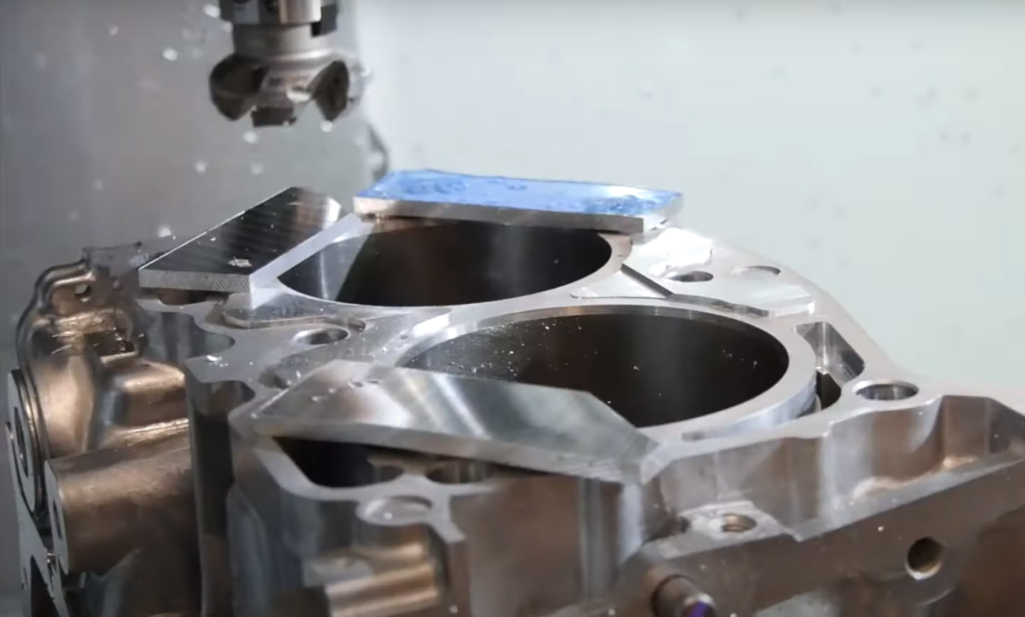
So if I have an open or semi-open deck engine and I’m planning to add a turbo and do some tuning for it to reach like x2 or x3 the stock power, then converting to a closed deck is the better option.
Converting your open deck engine to a closed deck engine usually involves installing a plate that is inserted between the cylinder walls and the block walls. This plate will have holes in it that will allow the coolant and fasteners to pass.
This plate will be pressed and machined to get that smooth factory finishing. This process should be done at a professional workshop since this is a very sensitive conversion that could lead to complete engine loss and destruction if not done precisely.
The Debate
So is the closed deck better than the open deck design? It actually depends.
The open deck engine was not that much good in the past. Many people that have tried to gain some extra power from these engines have broken cylinder walls problems.
But this is not the case anymore. Due to technological advancements, open deck engines are now stronger, and could sustain more power and pressure. Many car enthusiasts are able to convert 300 hp engines to 600 or even 700 hp without a problem.
The high thermal efficiency the open deck provides will make it the perfect choice for many people. Manufacturers are also producing more of them since they are getting stronger and are also cheaper.
Closed deck engines are for the extreme, racing, high power production cars. Taking your engine to over 1,000 or even reaching 2,000 hp is no way could be safe with an open deck engine, and a closed deck will be your best choice.

